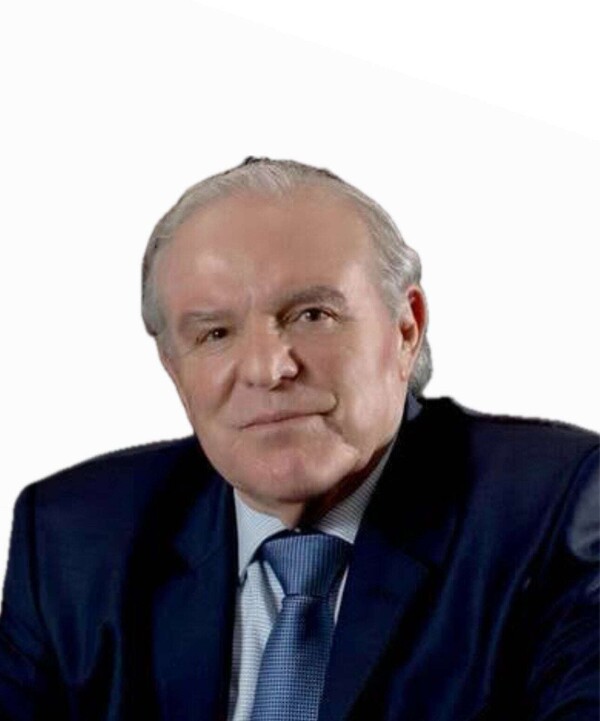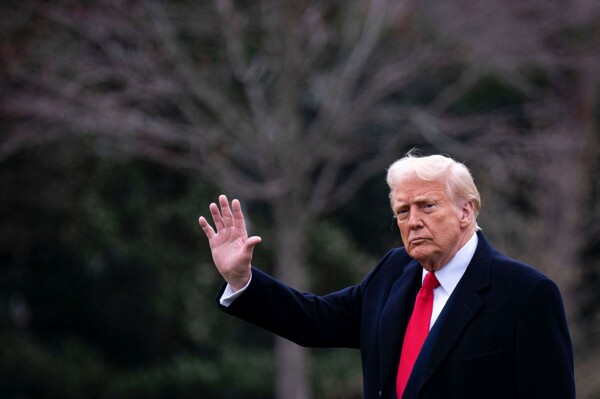
According to Trump, the United States is undermining itself for the glory of geopolitical power and the opportunity to accumulate external benefits. For the former president, the country matters too much due to its role as a good global citizen that feels obligated to provide foreigners with the reserve dollar assets they need. Trump faces a dilemma: to maintain a hegemonic dollar and low-yield Treasury bonds that benefit Wall Street and real estate agents, or to allow a depreciated dollar that could harm U.S. finances.
In Trump's words: "If you don't have steel, you don't have a country." He argues that the American manufacturing industry is in decline due to its condition as a global good Samaritan, sacrificing the working class for global growth. The president criticizes the unequal treatment that, according to him, the United States has received from the rest of the world, believing that the country bears a disproportionate responsibility.
Trump seeks to implement a global economic strategy in which the United States regains its power position. By imposing tariffs, withdrawing security support, or threatening to do so, he hopes to negotiate with other nations. His goal is for European and Asian countries to yield to his demands, such as exchanging long-term bonds for very long-term bonds, allowing the transfer of German manufacturing to the U.S., and increasing the purchase of American weapons.
Trump's efforts include a series of economic and political tactics that imply a radical change in the international order. His plan aims to change the valuation of the dollar, exchange Treasury bonds with foreign central banks, and pressure other countries to accept his trade terms. Trump believes that his economic and political vision will maintain U.S. dominance in a constantly changing world.
In conclusion, Trump develops a master plan to reposition the United States on the global stage, questioning the role of the dollar as a reserve currency and seeking to negotiate economic advantages for his country. His trade and political measures aim to rebalance international relations, although they pose challenges both internally and externally in the future.













